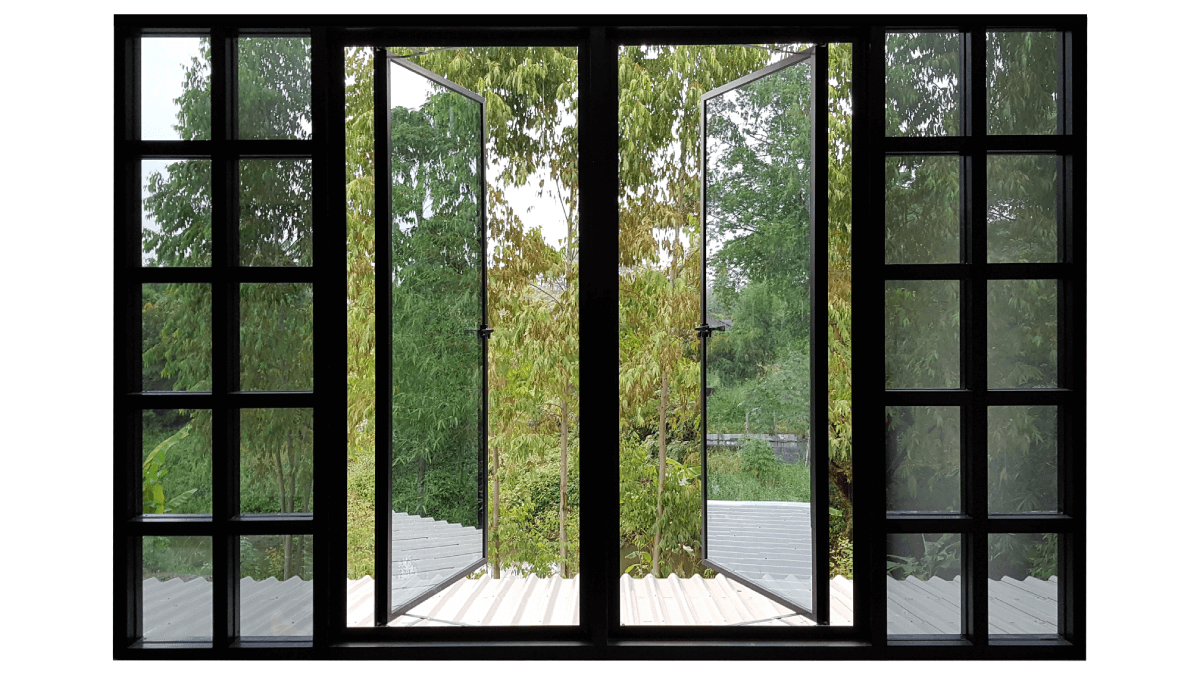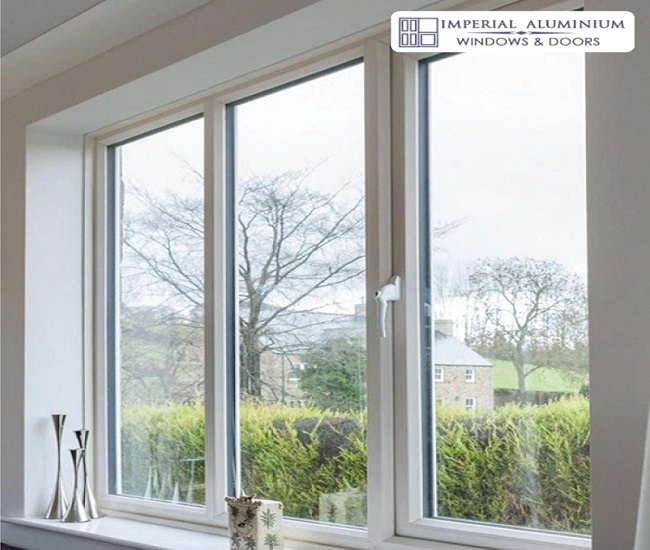All Categories
Featured
Table of Contents
Energy Efficient Windows: Choose The Best Option For Your ... in Shenton Park Western Australia
Laminated glass is typically utilized in locations in the house most vulnerable to injury from human impact such as bathrooms, doors, around staircases and in locations near the flooring (it satisfies the requirements of 'shatterproof glass' that is mandated for usage in these areas by Australian Basic AS 1288 Glass in structures).
Toughened glass has actually been 'tempered' by being reheated and quickly cooled once again. This procedure makes it much more powerful than standard glass it can resist higher impact loads prior to breaking. It likewise makes it safer due to the fact that, when it does shatter, it gets into many little cubic pieces instead of hazardous shards.
Double Glazed Windows Melbourne in The Vines Perth
However, toughened glass has no thermal or acoustic benefits over other glass of the very same toning or density. Secondary glazing is where single-glazed windows are retrofitted with a transparent acrylic or glass sheet connected to the within the frame or openable sash with a secondary frame or with magnetic strips.


Secondary glazing will not carry out too thermally as a produced IGU, because it is difficult to totally seal the perimeter, but it can supply excellent noise control. Window films are a thin polymer movie consisting of a taking in color or reflective metal layer, with an adhesive backing. They adhere to your glazing to change its colour or make it reflective.
Save Energy With Double Glazed Windows in Mahogany Creek Western Australia
Applied to existing glass, some window movies can halve the general SHGC of the window by soaking up and/or reflecting solar radiation. This can be particularly beneficial in hotter climates where cooling is the main issue, or on east and west elevations directly exposed to long periods of sunshine. Window films might also reduce visible light transmittance.

For this factor, it is typically best to utilize an accredited installer of window film. Frames have a significant effect on the thermal efficiency of doors and windows, because energy can be gotten and lost through the frame, as well as through the glass. Various types of frame will enable various levels of heat gain and loss, so cautious option of frame is necessary for effective passive design.
How To Retrofit Your Windows With Double Glazing, And Keep ... in Beeliar Perth
Aluminium is likewise a very excellent conductor of heat and will reduce the insulating worth of a glazing unit, unless particularly crafted to lower this. A 'thermally broken' frame is made up of 2 aluminium sections connected by a structural insulator (usually a low-conductivity structural polymer). This 'breaks' the thermal connection through the aluminium and decreases the heat flowing through the frame.
Wood frames are an excellent natural insulator that can suit some house designs. Lumber frames need to be made from types that have naturally high resilience or be treated to prevent decay and contortion.
Glass & Glazing - Easy Windows Upvc Double & Triple ... in Darling Downs Perth
(weather stripping) is installed.
u, PVC doors and windows have exceptional thermal performance Picture: Ben Wrigley (Light Home Architecture and Science) Composite frames utilize aluminium profiles on the outer sections with either a timber or u, PVC inner area. These combine the low maintenance and sturdiness of aluminium with much enhanced thermal performance.
Table of Contents
Latest Posts
Types Of Glazing For Your Windows, Explained in Wembley Downs WA
Single Vs Double Vs Triple - Which Window Is Right For Your ... in Eden Hill WA
Why Install Stunning Double Glazing Windows During Summer? in South Guildford WA
More
Latest Posts
Types Of Glazing For Your Windows, Explained in Wembley Downs WA
Single Vs Double Vs Triple - Which Window Is Right For Your ... in Eden Hill WA
Why Install Stunning Double Glazing Windows During Summer? in South Guildford WA